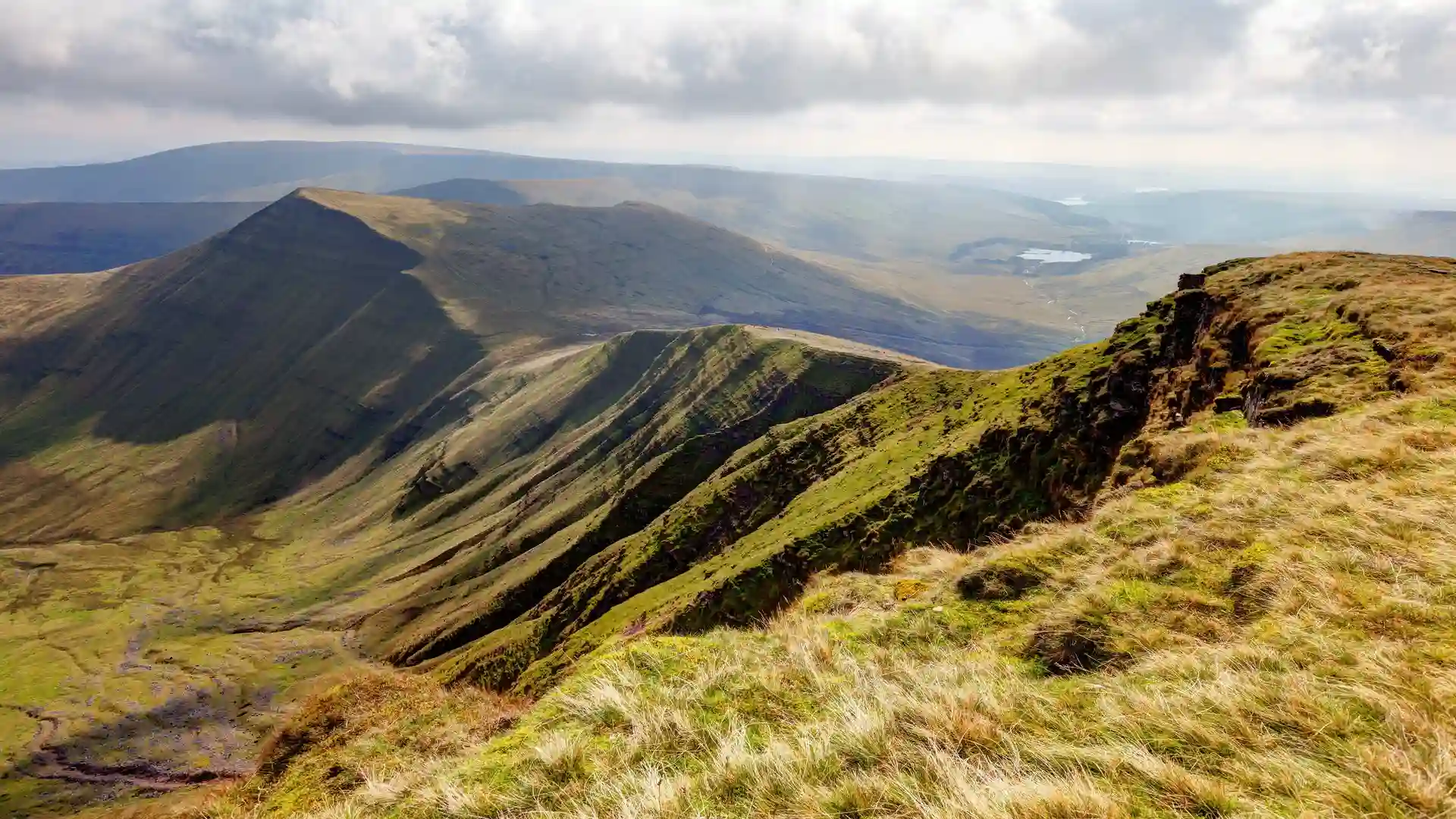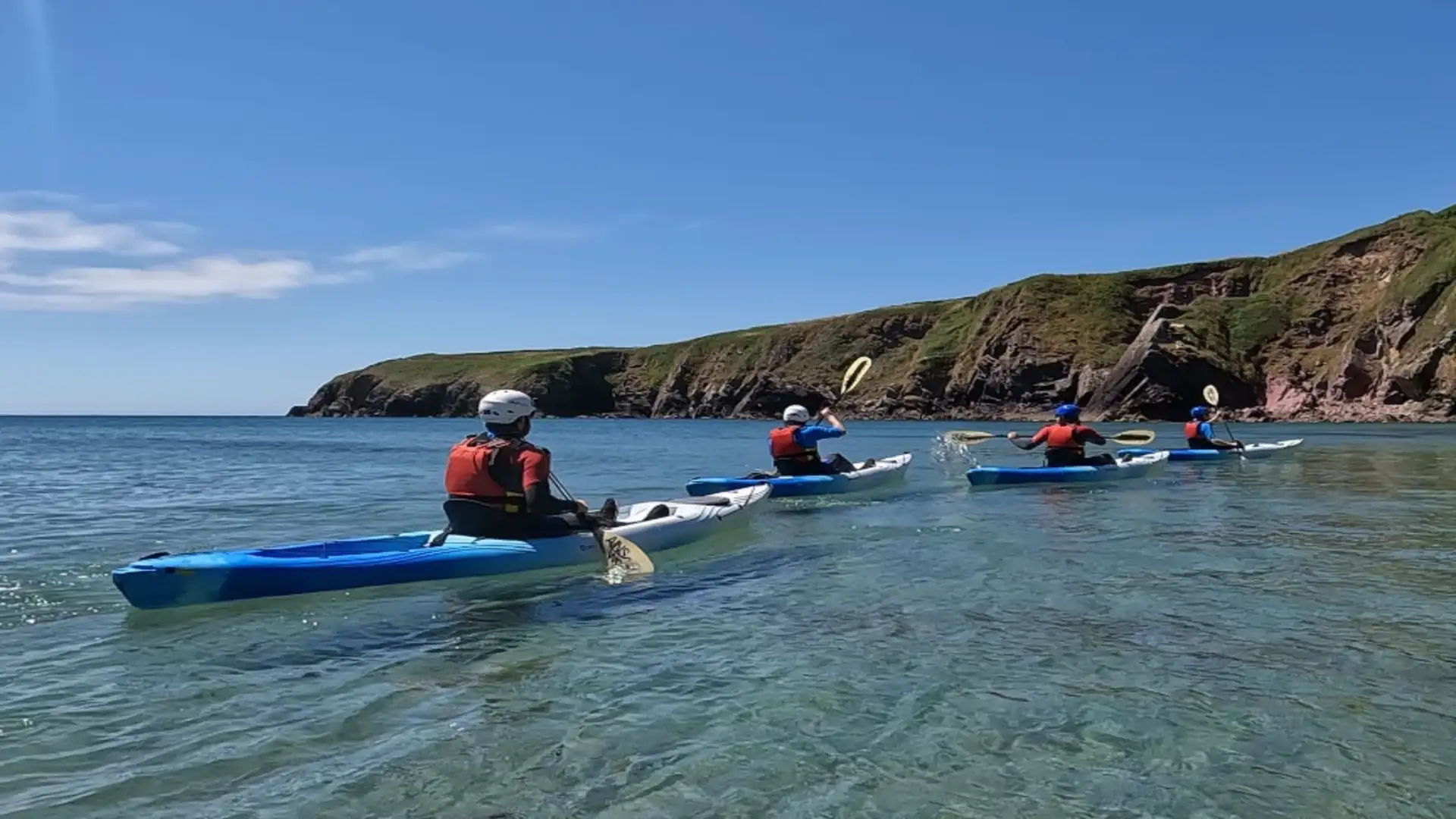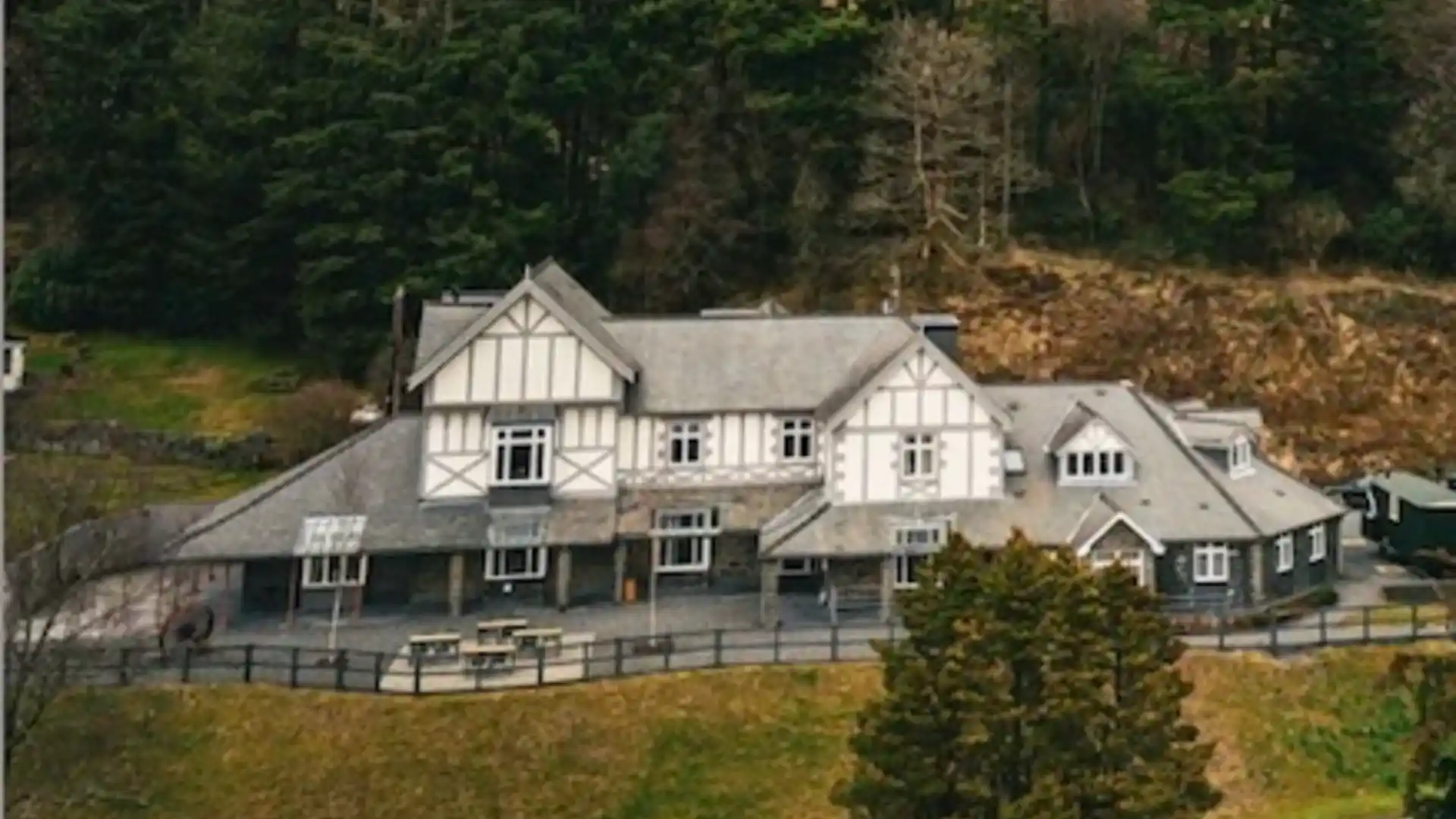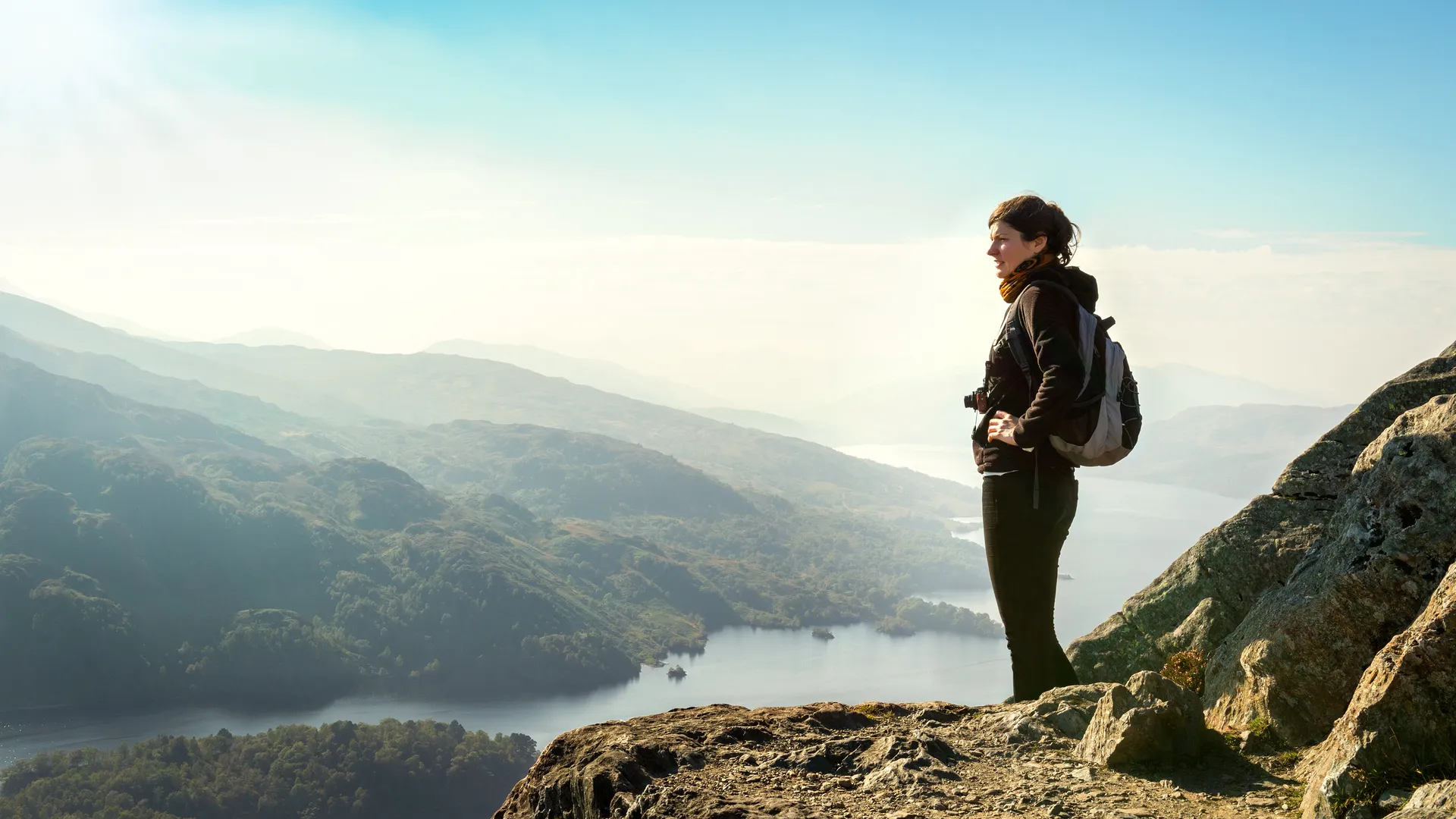
Adventure Travel News – 24 October 2025
Cambrian Mountains Rewilding Expands, Pembrokeshire Coast Path Celebrates 50 Years, and Gwynedd Castles Mark UNESCO Milestone
News

This week, Wales takes centre stage in sustainable adventure travel — from expanding rewilding projects in the Cambrian Mountains to celebrating fifty years of the Pembrokeshire Coast Path and honouring its UNESCO-listed castles. Here’s what’s new across the land of legend and landscape.

A major rewilding initiative has been announced in the heart of Mid Wales, expanding across the Cambrian Mountains National Landscape and Elan Valley. Led by the Cambrian Mountains Initiative and local conservation partners, the project aims to restore peatlands, reconnect woodland corridors, and enhance carbon capture across thousands of hectares of upland terrain.
The plan also introduces new “wild walking corridors” — long-distance routes connecting restored landscapes and rural communities, creating opportunities for low-impact tourism and car-free travel.
This expansion strengthens Wales’ reputation as a European leader in rewilding and regenerative travel — offering visitors the chance to explore wild, healing landscapes on foot while supporting local communities.
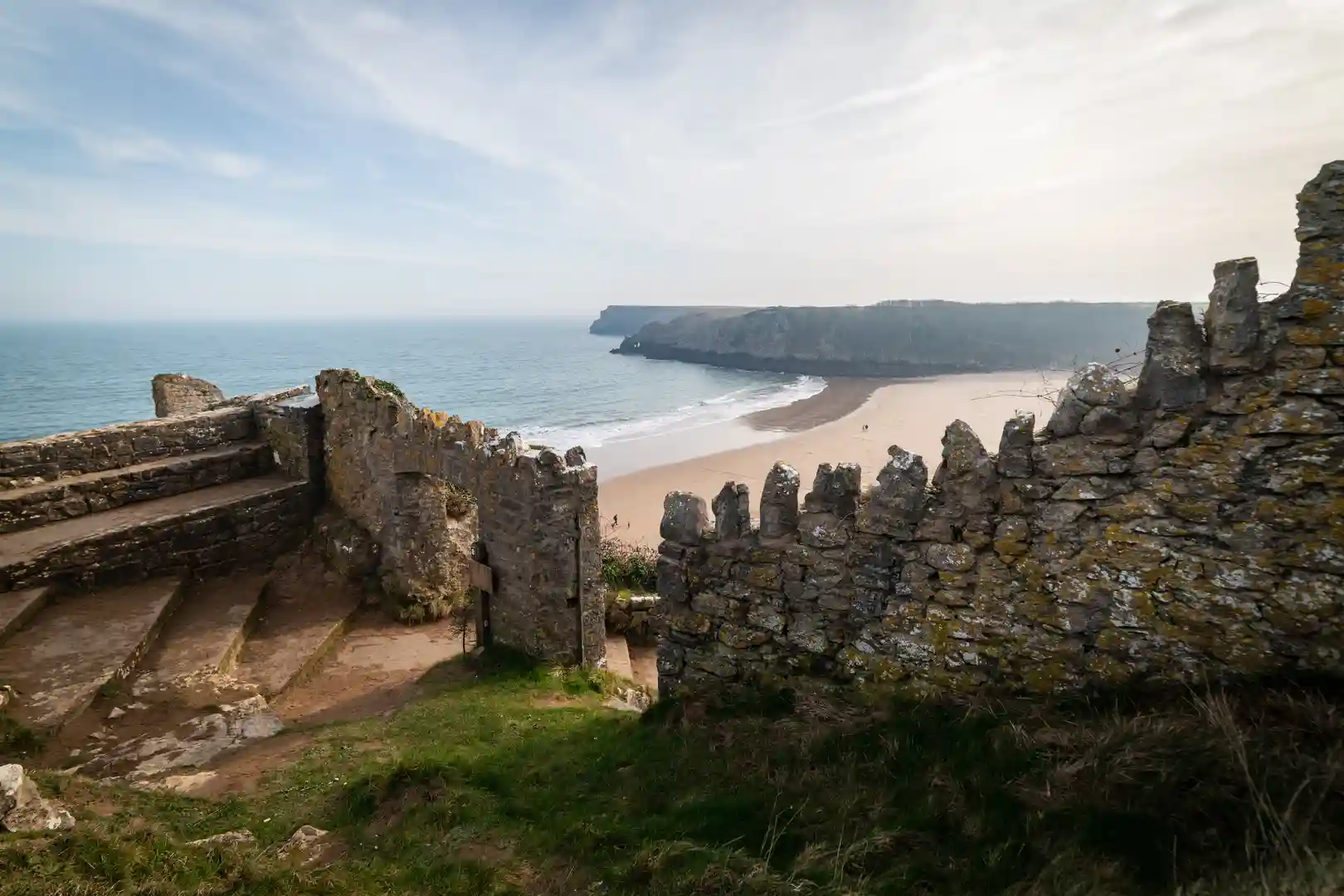
Wales’ most famous National Trail — the Pembrokeshire Coast Path — marks its 50th anniversary this year.
Opened in 1975, it was the UK’s first dedicated coastal walking route and remains one of the most celebrated sections of the Wales Coast Path, stretching 186 miles through cliffs, coves, and fishing harbours.
To mark the occasion, new circular walks have been created linking inland villages with the main trail, while improved waymarking and access points make it easier for walkers to explore short sections independently.
The anniversary reinforces Wales’ pioneering role in coastal walking holidays and outdoor adventure — celebrating half a century of footpaths that connect people, nature, and the sea.

The Castles and Town Walls of King Edward in Gwynedd are celebrating 40 years of UNESCO World Heritage status.
Recognised in 1986 for their outstanding medieval architecture and cultural importance, the castles of Caernarfon, Conwy, Harlech, and Beaumaris represent some of the finest examples of 13th-century military design in Europe.
This year’s milestone includes new interpretation trails linking the sites, alongside restoration works at Conwy’s town walls and Caernarfon’s towers — blending conservation with visitor engagement.
Beyond their historical value, these fortresses are vital to North Wales’ sense of identity and tourism economy — inviting travellers to explore Welsh heritage on foot while supporting sustainable cultural travel.
